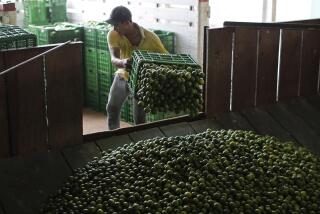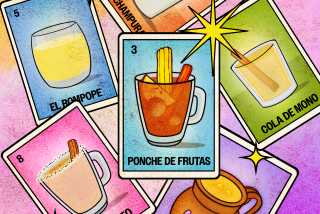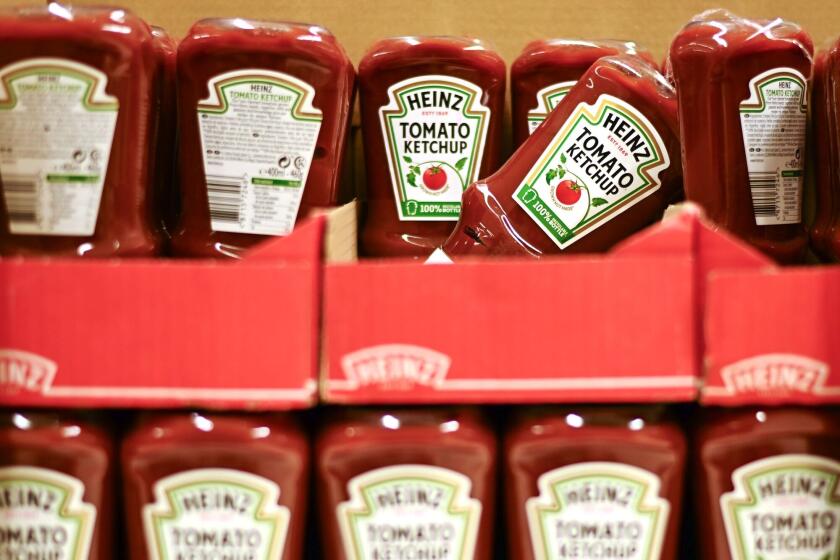Searching for Key limes for pie? Look in a Mexican grocery

Key lime pie, with graham cracker crust and lime meringue, at Fishing With Dynamite.
- Share via
Are you still buying pricey bottled juice for your Key lime pies? Seriously? Because those little yellow-green Mexican limes you’ve seen in the grocery are exactly the same thing.
The lime world can be roughly divided in two parts: what are generally called West Indian limes (Citrus aurantifolia) and Tahitian limes (Citrus latifolia). Most of the world favors the West Indian lime. It’s small, very sour and intensely aromatic. Parading under a variety of local names, it’s the lime of choice for most of Central and South America, as well as Mexico, Morocco, India and Egypt.
And, in fact, it was the lime of choice for the United States until 1926, when the Great Miami Hurricane blew through south Florida, uprooting most of the citrus orchards that were then planted. It still holds the record for being the most damaging hurricane in American history.
When it came time to restock the orchards, the farmers opted in favor of the larger, more disease-resistant and prolific Tahitian lime — and the West Indian was relegated to backyard fruit status.
But Mexican orchards were undamaged and there the smaller, zestier lime never gave up its ground. Today, at Mexican markets you can buy the limes in net bags of a dozen or more for just a couple of bucks. They’re in peak season during the fall and winter, but are generally available all year round.
Meanwhile, a bottle of processed squeezed Key lime juice starts at around $6 a cup. Ready to get your squeezer out of the drawer?
Are you a food geek? Follow me on Twitter @russ_parsons1
More to Read
Eat your way across L.A.
Get our weekly Tasting Notes newsletter for reviews, news and more.
You may occasionally receive promotional content from the Los Angeles Times.











